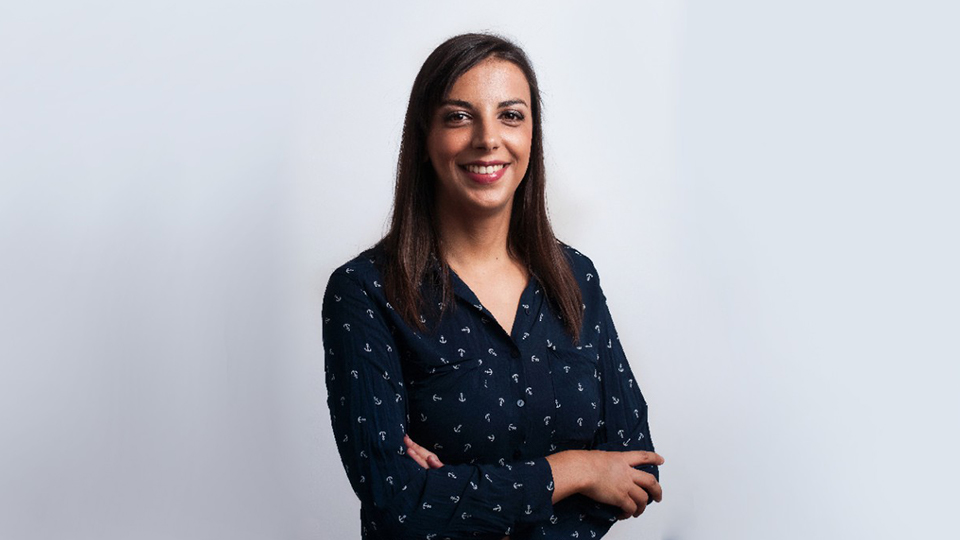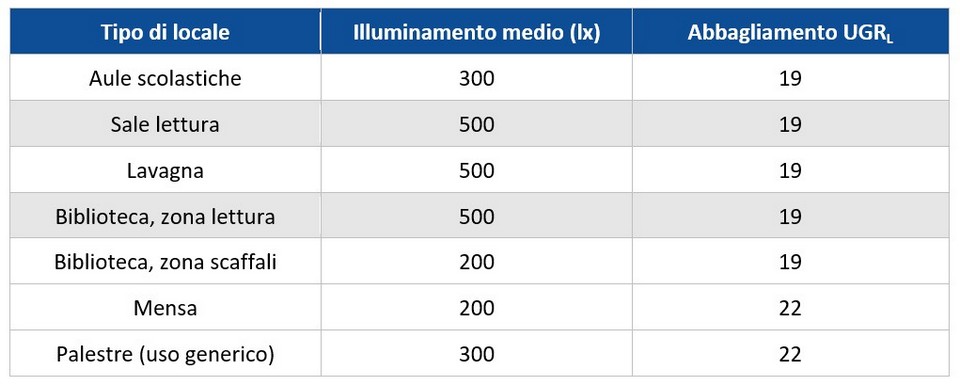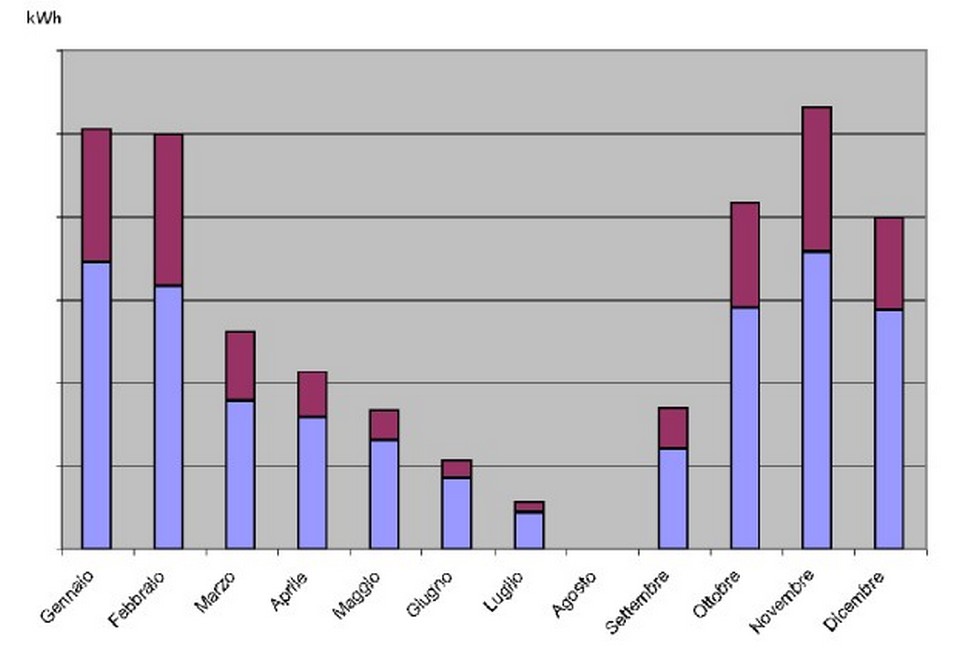



 Federica Lucifora, professional lighting designer, explains practical rules to be taken into consideration in order to create correct lighting in schools.Within a school we can identify a varied typology of environments: from classrooms (home-base) to relaxation spaces, from laboratories to connective spaces, from ateliers to the library. Lessons take place by moving to the various environments in which the activities carried out require, for the vast majority of the time, a substantial visual commitment: from simple reading and writing on paper or blackboards to watching movies on screens and projectors, from small manual jobs to technical drawing.
Federica Lucifora, professional lighting designer, explains practical rules to be taken into consideration in order to create correct lighting in schools.Within a school we can identify a varied typology of environments: from classrooms (home-base) to relaxation spaces, from laboratories to connective spaces, from ateliers to the library. Lessons take place by moving to the various environments in which the activities carried out require, for the vast majority of the time, a substantial visual commitment: from simple reading and writing on paper or blackboards to watching movies on screens and projectors, from small manual jobs to technical drawing. In addition to the regulatory indications, we must not forget the need to meet the requirements of the minimum environmental criteria (CAM) prescribed by law. In particular:
In addition to the regulatory indications, we must not forget the need to meet the requirements of the minimum environmental criteria (CAM) prescribed by law. In particular: A separate note deserves specific environments such as gyms and canteens.If the gyms are also used for competitive purposes (volleyball, basketball, etc.) it will be necessary to refer to the specific indications of the CONI legislation; if, on the other hand, the gyms are used only for educational purposes, it is sufficient to satisfy the requirements set out in the initial table which contains the UNI 12464-1 requirements. Proper lighting design for these environments, however, must consider, in addition to the lighting parameters as such, the management / use of the system. In particular:
A separate note deserves specific environments such as gyms and canteens.If the gyms are also used for competitive purposes (volleyball, basketball, etc.) it will be necessary to refer to the specific indications of the CONI legislation; if, on the other hand, the gyms are used only for educational purposes, it is sufficient to satisfy the requirements set out in the initial table which contains the UNI 12464-1 requirements. Proper lighting design for these environments, however, must consider, in addition to the lighting parameters as such, the management / use of the system. In particular: